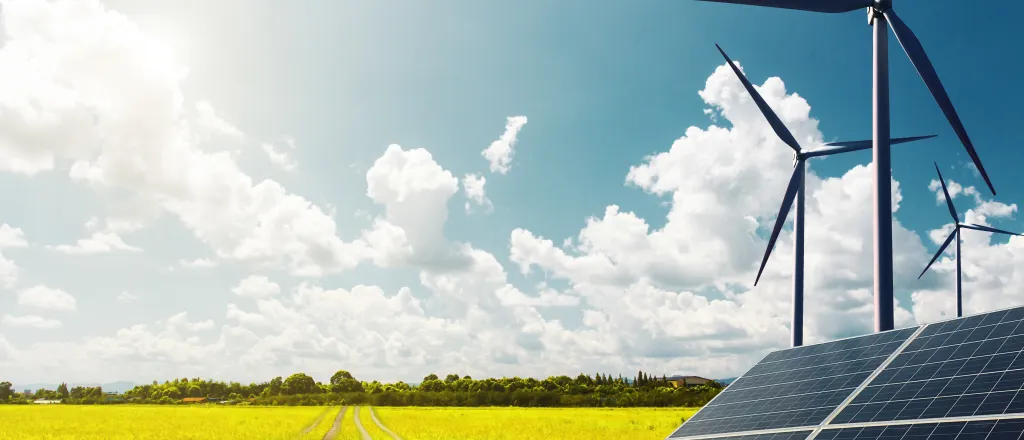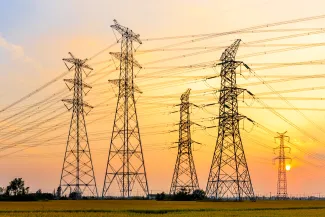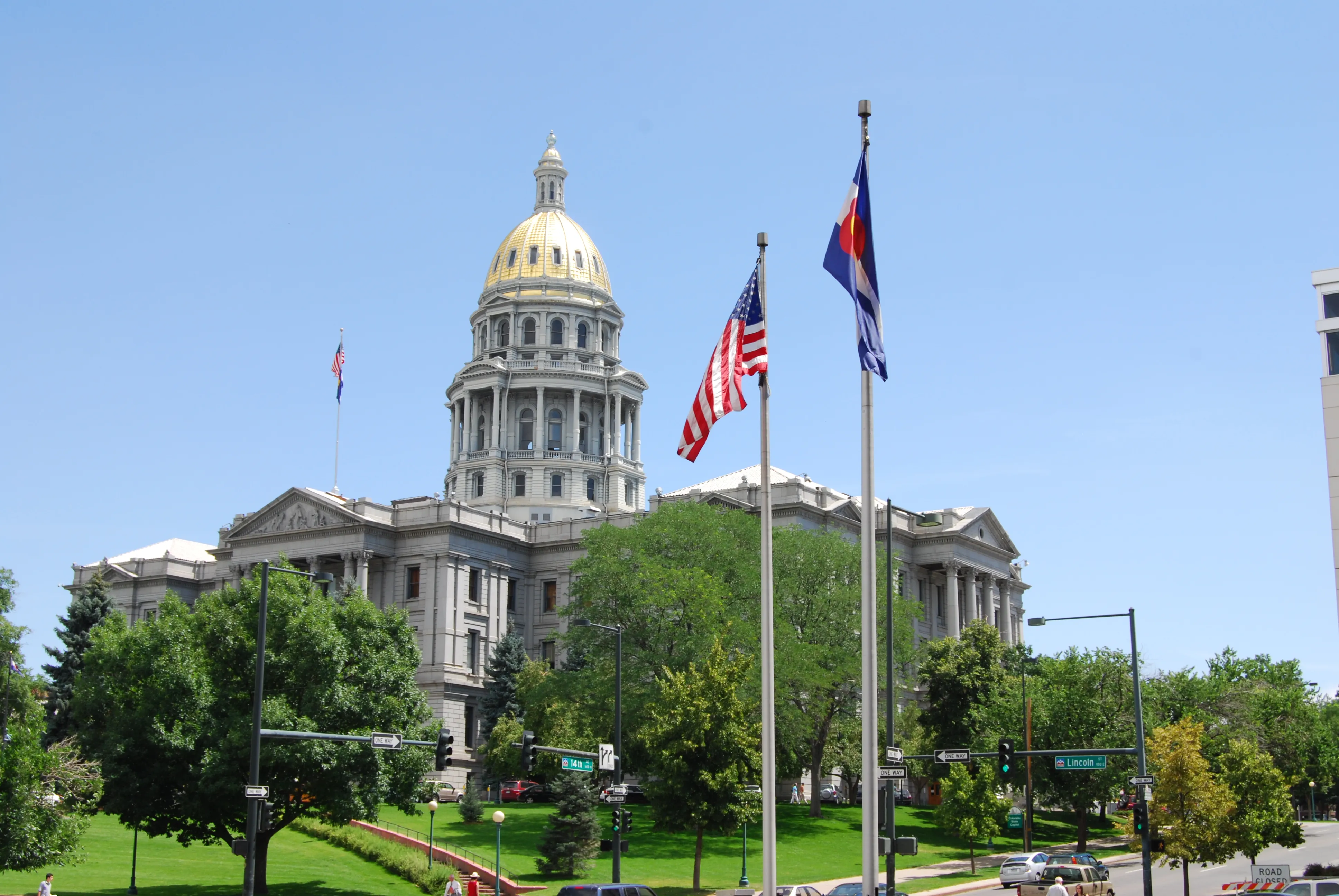
New FERC transmission rules to benefit Colorado environment, ratepayers
Click play to listen to this article.
(Colorado News Connection) New power transmission rules from the Federal Energy Regulatory Commission are aimed at states like Colorado, which is seeking a shift to renewable energy and fighting climate change.
Planners hope the power grid regulations will bring new high-voltage power lines and make it easier to add more wind and solar energy into the mix.

© iStock - zhaojiankang
Veronica Ung-Kono, staff attorney for the National Wildlife Federation, said Colorado's current long-lines grid faces major problems caused by a warming climate.
"Increased risks of catastrophic wildfires, greater likelihood of droughts, the heat waves that we saw in 2020, the increased flood risks, the negative impacts of the state ski industry," Ung-Kono outlined. "All of these impacts largely stem from climate change."
Ung-Kono acknowledged the new plan signals a forward-looking approach by federal authorities. The regulations will require grid operators to identify needs 20 years into the future, taking into account factors like wind and solar power requirements and the risks of extreme weather.
Ung-Kono argued a resilient and well-planned electrical grid is critical for ensuring Colorado and others states can transition to clean energy, while meeting the energy needs of the economy. She noted the current system needs reinforcing to keep up with the growing demand.
"The pressures on our country's energy infrastructure are high," Ung-Kono pointed out. "Energy demands are growing, while increasingly severe weather events and changing energy needs are straining already overburdened systems."
She added the commission's siting rule considers tribal nations and Indigenous people and a rule providing environmental justice to marginalized communities.
"This is the first time that we have seen the Federal Energy Regulatory Commission specifically wants to uplift the priorities and needs of these populations of people while also balancing the needs of wildlife," Ung-Kono stressed.

















